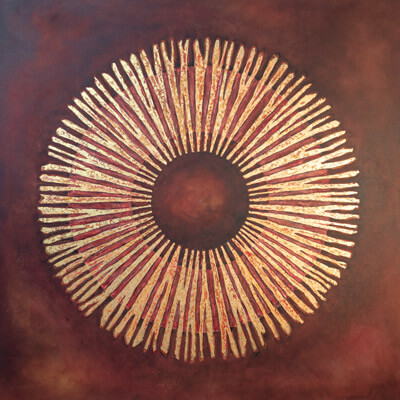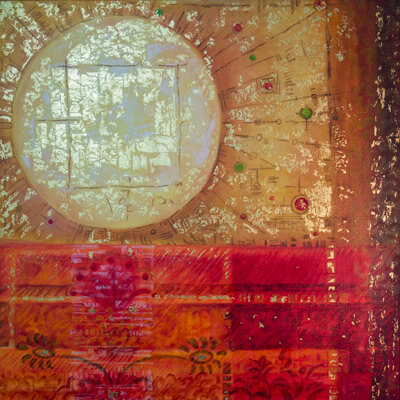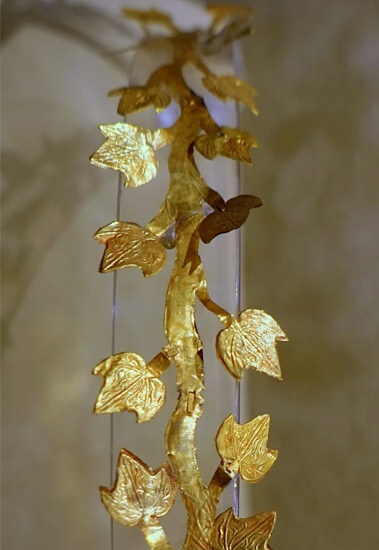History of Gold in Art
the divine and immortalGold in Art
Gold has been considered a precious metal since its discovery somewhere between the 4th and 6th centuries BC because of its capacity to radiate light like the sun and for its rarity. As it was too soft to be used for the fabrication of tools it was used to embellish works of art and sculpting objects of divine association throughout the ancient world from Egypt where it was considered to be the skin of gods to Mesopotamia, the Americas and the Far East. In ancient Egypt funerary masks fixed the image of the deceased for eternity thus identifying him with the stars. While the sun worshiping Inca’s believed that gold was their God Inti’s divine “sweat”.
Gold
Sacred and Divine
In both in Islamic and European religious texts, gold was often used in illuminated manuscripts representing the inherent light and divinity of the words.
For Christians gold represented the light of God. The dance of candle light reflecting off the gold enhanced the religious experience of the faithful.
Throughout the world and to this day gold has been a symbol of power and status.
Gold has forever been associated with the sacred, the divine and even immortality. It has been recognized since ancient times as a noble material. Most civilizations have fed the symbolic function, made a monetary value of it and sometimes even worshipped it.

Effulgence
Inspired by the circular nature of radiance, an inkling of the devine

Radiance
The radiance of celestial bodies with the marriage of gold and color

Convergence
Series base on the Mandala, the journey through the cycles of birth-life-death


